What is a kalium ore?
kalium ore is a non-metallic mineral whose main components are potassium chloride and sulfate minerals. Mainly there are sylvite, carnallite, kaleite, anhydrous kaleite, polyhalite, kaleite, kaleite, etc. Potassium minerals are divided into soluble potassium salt minerals and potassium-aluminosilicate-containing insoluble minerals.
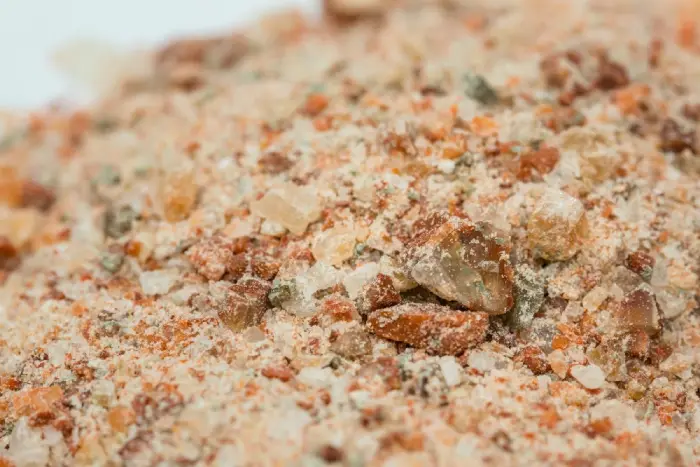
Soluble kalium is formed by the accumulation of potash-containing minerals. After deposition, evaporation and concentration, soluble solid kalium deposits such as kalium, polyhalite and carnallite can be formed. development and utilization objects.
Alumite, nepheline, potassium-rich shale, sandstone, potassium feldspar and potassium-rich marl belong to the aluminosilicate type potassium-containing rock or potassium-rich rock, and such ores are insoluble.
Potassium deposits in the world are widely distributed, mainly solid deposits, with a total reserve of 3.5 billion tons. It is one of the most important evaporite deposits, distributed in Canada, Belarus, Russia, China, the United States, Chile and Germany.
Uses of kalium ores
1. Agriculture
Currently, 95% of kalium products are used in the manufacture of kalium fertilizers. Potassium fertilizer is an acidic fertilizer, the main components are potassium chloride and potassium sulfate, which can play a very obvious effect of increasing production when applied to crops.
Potassium fertilizers are mainly potassium chloride and potassium sulfate, which are acidic fertilizers. The amount of potassium chloride is large, suitable for rice, wheat, corn, cotton and other crops, and chlorine does not harm them. Potassium sulfate is suitable for cash crops such as hemp, tobacco leaves, sugar cane, grapes, sugar beets, and tea.
2. Industrial field
Potassium compounds include potassium chloride, potassium iodide, potassium hydroxide, potassium permanganate, potassium sulfate, potassium cyanide, potassium carbonate, potassium bromide and the like.
Industrial kalium is only 6% of the total consumption of kalium, of which 35% is used in the production of cleaning agents, about 25% is used in the glass and ceramic industry, 20% is used for textiles and dyeing, and about 13% is used in the production of cleaning agents. Chemical manufacturing is carried out, and the remaining parts are widely used in the canning, leather industry, and electrical and metallurgical industries.
Potassium chlorate, superphosphate and nitrate are important raw materials for making matches, fireworks, explosives and rockets. Potassium compounds are also used in industrial sectors such as printing, batteries, electronic tubes, and photography. In addition, it is also used for the heat treatment of aviation gasoline, steel and aluminum alloys.
Kalium ore milling production process
The technical process of the production of kalium ore by the grinding equipment in the vertical mill grinding production line
① The first stage, the coarse crushing of kalium ore (jaw crusher)
After the large kalium ore is selected, it will be initially crushed by the jaw crusher, so that the large block crushing equipment will form small fragments, which will be stored in the storage tank for future use.
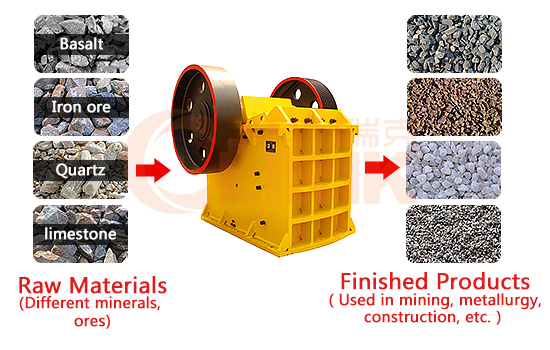
② The second stage, potassium salt ore milling (vertical mill)
The kalium ore scraps stored in the storage tank are sent to the main machine of the vertical mill through the quantitative feeder. During the feeding process, iron and other metal blocks that damage the grinding rollers are removed to ensure that the materials entering the main machine of the vertical mill will not damage the grinding rollers. The fine powder that enters the vertical mill is rolled by the grinding rollers to form fine powder, and the fine powder of kalium ore is prepared to be sent to the powder analyzer on the top of the main mill through hot air.

③ The third stage, potassium salt ore fine powder classification (powder analyzer)
The potassium salt ore fine powder in the main body of the vertical mill is sent to the powder analyzer by hot air. The blade of the powder analyzer rotates at a high speed with the wind speed to allow the qualified fineness powder to pass through. The unqualified powder is blocked and falls back to the vertical mill, and continues to grind in the gap between the grinding roller and the grinding disc until the fineness reaches the analyzer.
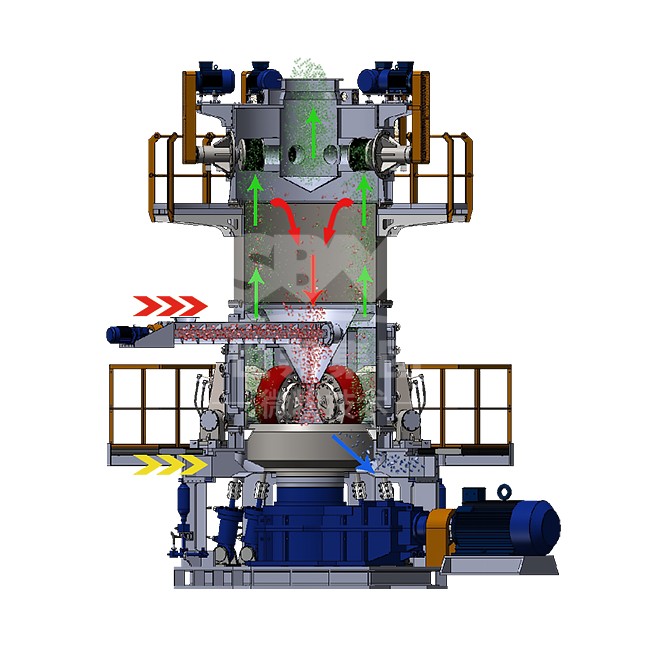
④ The fourth stage, kalium ore powder packaging (valve packing machine)
Qualified kalium ore fine powder is sent into the dust collector through the hot air pipeline, waiting to be packaged. Generally, the valve port packaging machine is used for packaging.
It is known from the above whole production process flow of kalium ore grinding equipment that the whole set of kalium ore grinding equipment grinding production line equipment has the following mechanical configuration:
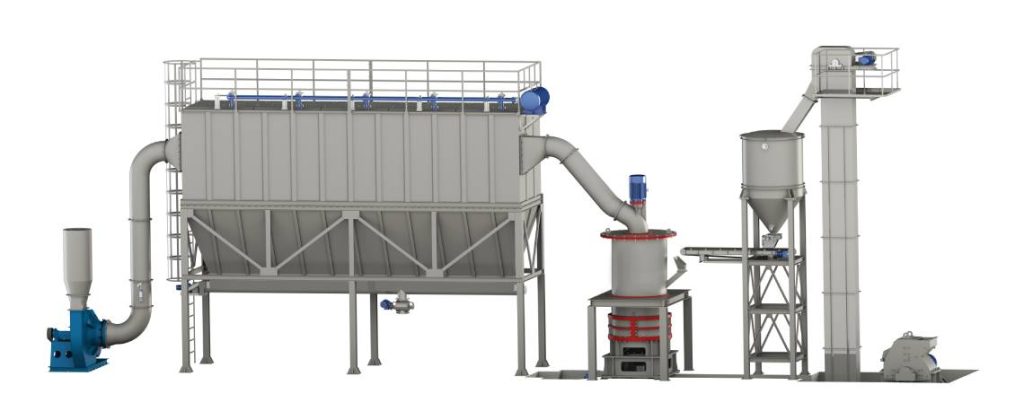
(1) Jaw Crusher
(2) Vertical mill
(3) Storage tank
(4) Hoist
(5) Feeder
(6) Reducer
(7) Powder analyzer
(8) Fan
(9) Pulse dust collector
(10) Powder collector
(11) Powder packaging machine
Kalium ore grinding equipment
The key equipment of the complete set of kalium ore grinding production line is the grinding machine – CLUM ultrafine vertical mill.
Because this type of machinery has the advantages of small footprint, low noise, labor saving (the vertical mill adopts a central control, and one person can monitor the operation of the entire production line), the powder fineness range is large, the environmental protection performance is superior, and the power consumption is low.
In terms of environmental protection and ultra-fine powder processing, it has obvious advantages over Raymond mill and ultra-fine ring roller mill and has gradually become the mainstream equipment in the field of powder processing.
HOT PRODUCTS

Talc Raymond Mill
Capacity: 1-25 t/h
Max feeding size: 40 mm
Discharge fineness: 50-325 mesh
Range of application: Barite, calcite, potassium feldspar, talc…… [Read More…]

Micro Powder Grinding Mill
Capacity: 0.2-45 t/h
Max feeding size: 20 mm
Discharge fineness: 150-3000 mesh
Range of application: calcium carbonate, kaolin, carbon black, dolomite…… [Read More…]

Talc Ultrafine Grinding Mill
Capacity: 0.2-45 t/h
Max feeding size: 20 mm
Discharge fineness: 150-3000 mesh
Processing materials: non-flammable and explosive non-metallic ores with Mohs hardness less than 7…… [Read More…]
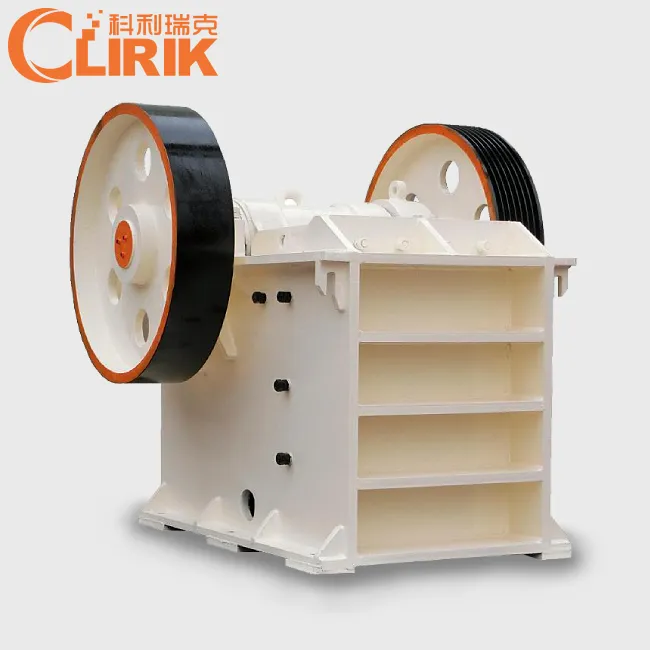
Talc Jaw Crusher
Output Size: 65-160mm
Feed size: 480mm
Capacity: 1-140t/h
Processing materials: Granite, quartz stone, river pebble, calcite, concrete, dolomite…… [Read More…]
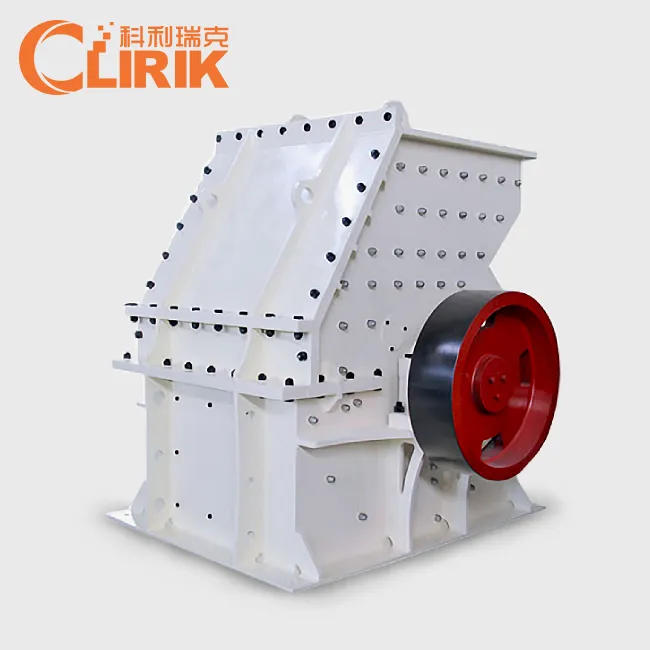
Talc Hammer Mill
Output Size: 5-20 mm
Feed size: <350 mm
Capacity: 5-30 t/h
Application: It is widely used for medium and fine crushing of brittle, medium hardness and soft materials... [Read More…]
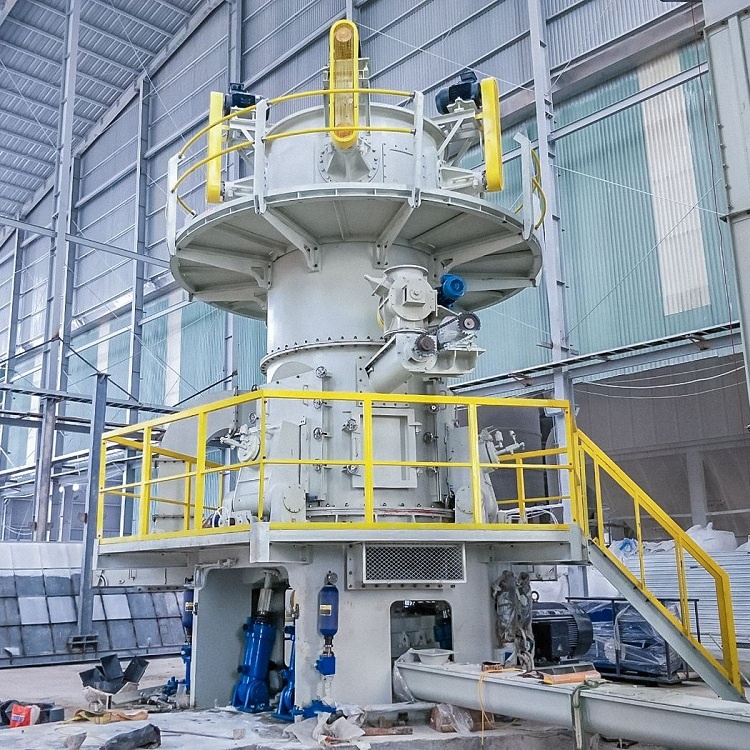
Talc Vertical Mill
Discharge fineness: 150-3000 mesh
Feed size: <15 mm
Output: 1-20 T/H
Product features: It has high grinding efficiency, low energy consumption, uniform particle shape... [Read More…]




